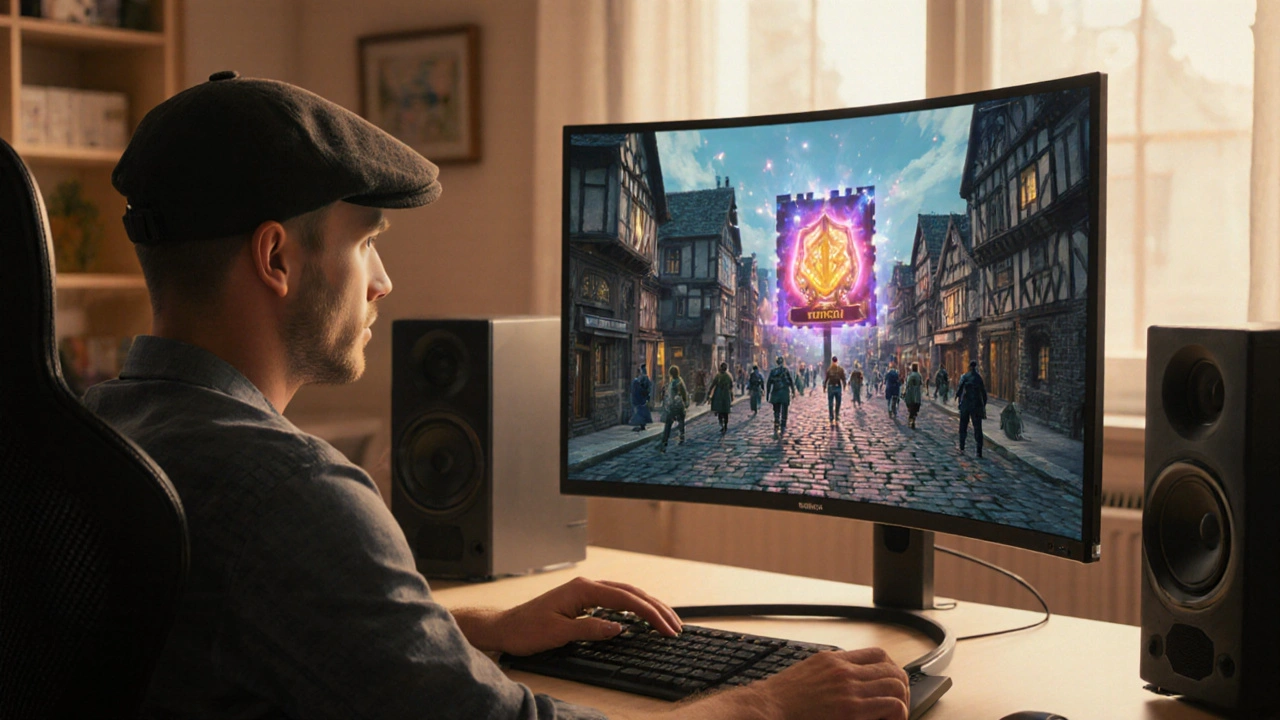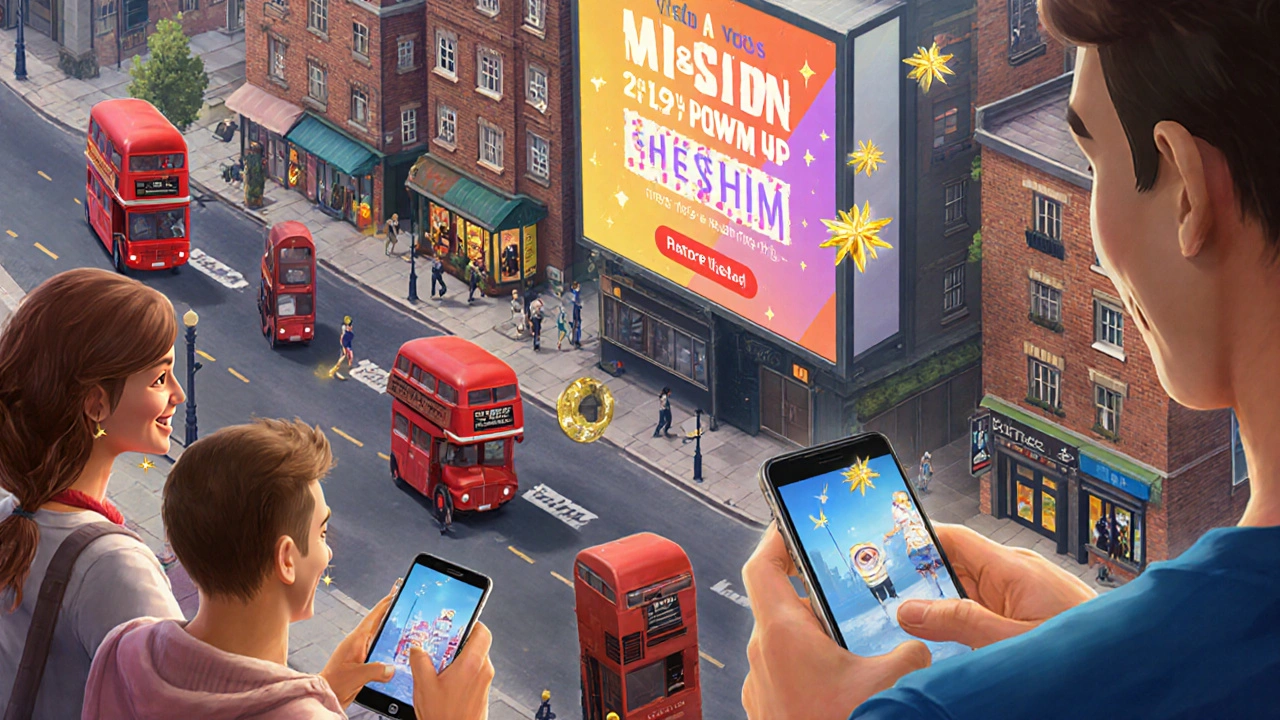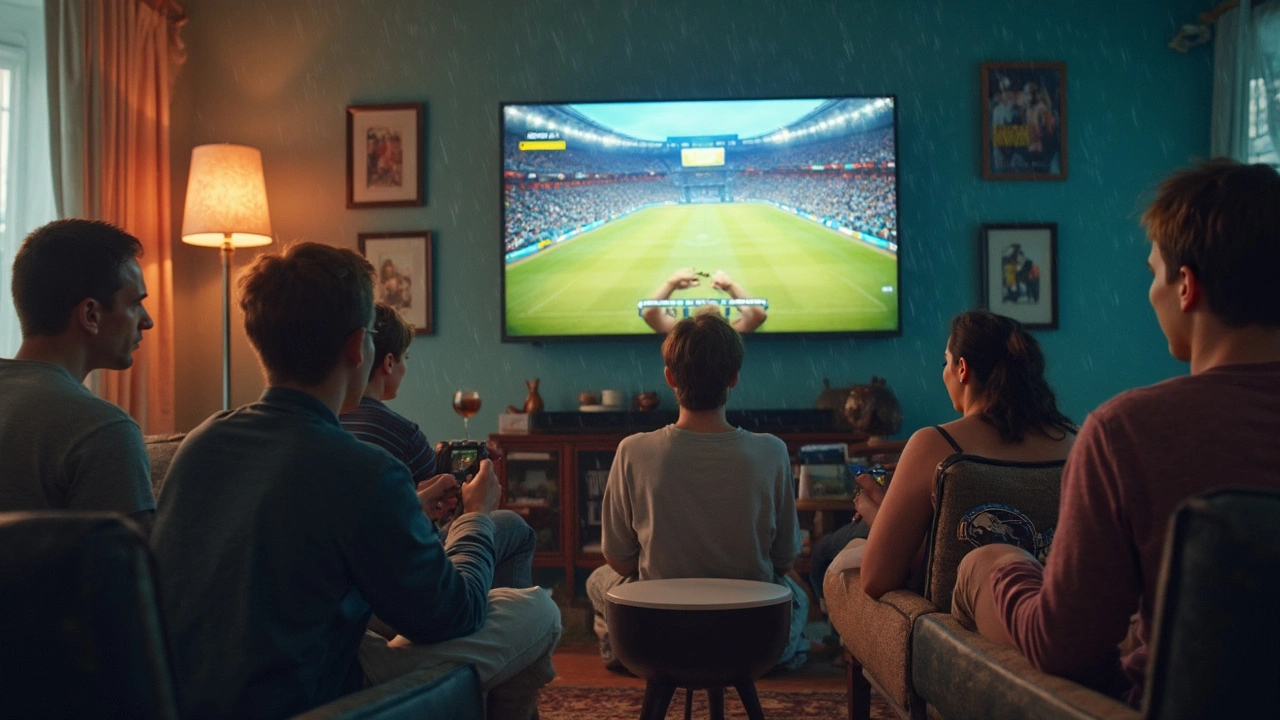In-Game Ads Optimization: Boost Revenue & Player Experience

In-Game Ads Revenue Estimator
Estimate your potential revenue from in-game ads based on player behavior and ad formats.
In-Game Advertising is a monetization format that delivers branded messages directly inside video game environments, characterized by dynamic placement, real‑time bidding, and player‑centric targeting. If you want to squeeze every dollar out of your ad inventory without turning players off, you need a systematic approach that blends data, creative, and technology.
Why Optimization Matters More Than Ever
Games today juggle multiple revenue streams-premium purchases, subscriptions, and a growing share of in-game ads. The challenge is simple: high eCPM and strong retention are often at odds. A poorly timed interstitial can spike churn, while a well‑placed rewarded video can lift both fill rate and player goodwill. The key is to treat each ad impression as a micro‑experience, measuring its impact on metrics such as average revenue per daily active user (ARPDAU), session length, and lifetime value (LTV).
Core Metrics You Can't Ignore
Before you tweak a single pixel, get crystal clear on the numbers that drive decisions.
- eCPM (effective cost per mille) measures revenue earned per 1,000 impressions. Industry benchmarks for mobile games in 2025 hover around $4‑$7, but rewarded video often breaks $12.
- Fill rate - the proportion of ad requests that actually return a creative. Low fill suggests inventory shortages or overly strict targeting.
- Completion rate - specific to rewarded video; shows what percentage of users watch the ad to the end. A healthy range sits between 70% and 85%.
- Retention impact - track day‑1, day‑7, and day‑30 retention for sessions with ads versus ad‑free sessions.
When you tie these metrics back to player cohorts, you can spot which segments reward you most for each format.
Ad Formats & Placement Strategies
Not all ads are created equal. Choose the right format for the right moment.
Rewarded Video Ads are full‑screen clips that users voluntarily watch in exchange for in‑game currency or power‑ups. Because the player opts‑in, completion rates skyrocket and the perceived intrusiveness drops to "low". Interstitial Ads appear during natural breaks - level transitions, menu screens, or after a game over. They generate higher eCPM than banners but can feel "medium" in intrusiveness if overused. Native Ads blend with the game UI, such as branded billboards on a racing track or a sponsored character skin. Their intrusiveness is "low," but eCPM is typically modest unless the brand match is spot‑on.Placement matters just as much as format. A rewarded video after a hard‑won victory feels like a bonus, while the same video during a tutorial can frustrate newcomers.
Player Segmentation: Target the Right Audience
Every player behaves differently. Use data to slice your audience into actionable segments.
Player Segmentation leverages attributes like playtime frequency, in‑app purchase history, and device type. For example, "whales" (high spenders) tend to tolerate fewer ads, while "free‑players" respond well to rewarded video offers that accelerate progression.Implement a simple rule‑engine: if a user has logged more than 30 minutes in the past week and has never made a purchase, serve a 20‑second rewarded video offering double XP. The data‑driven approach cuts churn by roughly 12% in multiple case studies published by leading mobile measurement firms.

Programmatic Bidding & the Role of the Ad SDK
Manual waterfall setups are relics; real‑time bidding (RTB) lets you auction each impression to the highest bidder in milliseconds.
Programmatic Bidding is a market‑based system where demand‑side platforms (DSPs) submit bids based on user data, floor price, and ad format. By integrating an Ad SDK that supports OpenRTB 2.5, you can lift eCPM by 15‑20% on average.The SDK also provides viewability metrics, throttling controls, and automatic frequency capping - essential for preserving player experience.
Testing & Optimization Workflow
Optimization is an iterative loop, not a one‑off task.
- Set a baseline: capture current eCPM, fill, completion, and retention for each ad slot.
- Run A/B tests on one variable at a time - placement, creative length, reward amount, or bid floor.
- Analyze lift using statistical significance (p < 0.05) and funnel impact.
- Roll out winning variations to 100% of traffic.
- Repeat every 2‑3 weeks to adapt to seasonality and new creative assets.
Companies that adopt this cadence report a steady 8% month‑over‑month revenue growth without harming player churn.
Comparison of the Three Core Formats
| Format | Avg eCPM (USD) | Completion / View Rate | Intrusiveness |
|---|---|---|---|
| Rewarded Video | 12.4 | 78% | Low |
| Interstitial | 7.1 | - | Medium |
| Native | 5.3 | - | Low |
Use this table as a quick reference when deciding where to allocate premium inventory. High‑value players usually see native or interstitials, while casual players are perfect candidates for rewarded videos.
Related Concepts to Explore Next
Optimizing in‑game ads sits at the intersection of several broader topics. You may want to dive deeper into session monetization strategies, user‑experience design for ad integration, or the emerging field of blockchain‑verified ad impressions. Each of these expands the toolbox for maximizing both revenue and player satisfaction.
Frequently Asked Questions
How often should I change my ad creatives?
Creative fatigue typically shows up after 2‑3 weeks of static assets. Rotate visuals, reward offers, or brand partners at least once every ten days to keep completion rates above 70%.
Is frequency capping mandatory for rewarded videos?
While not required, capping prevents over‑exposure that can erode player goodwill. A common rule is max two rewarded videos per 30‑minute session.
What’s the safest eCPM floor to set for programmatic bids?
Start with a floor 70% of your historical average eCPM. Adjust upward if fill drops below 85% or downward if you see high bid rejection.
Can I run ads in a free‑to‑play game without hurting retention?
Yes, by placing ads only after major milestones (e.g., level completion) and offering meaningful rewards for video completions, many studios keep day‑7 retention above 45%.
What analytics tools are best for measuring ad impact?
Look for platforms that combine SDK‑level viewability data with in‑game event tracking-examples include Adjust, Appsflyer, and GameAnalytics. These solutions tie ad impression data directly to ARPDAU and retention.


